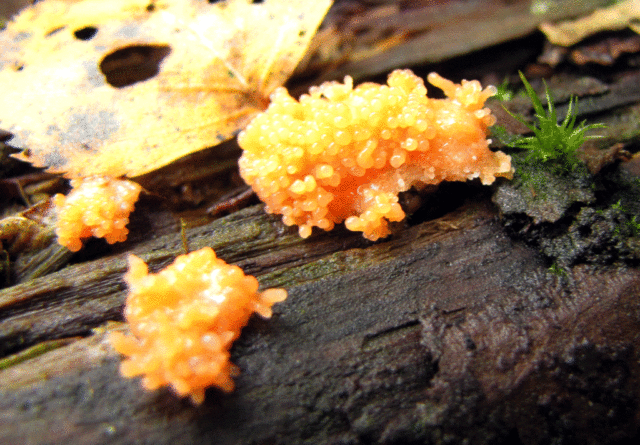Content
There are fruiting bodies that are something in between mushrooms and animals. Myxomycetes feed on bacteria and can move around. Rusty tubifera of the Reticulariev family belongs to such slime molds. She is a plasmodium and lives in places hidden from human eyes. Today, about 12 species of such varieties are known.
Where rusty tubifera grows
The favorite habitat of these mixomycetes is stumps and driftwood, fallen trunks of rotten trees. They settle in cracks where dampness remains, where direct rays of the sun do not fall. Their growth time is from early summer to mid-autumn. They come across in the forests of the temperate zone of Russia and Europe. They are also found to the south: in tropical and equatorial forest zones. These representatives can often be seen in Australia, India, China.
What a rusty tubifer slime mold looks like
Myxomycetes are tubules (sporocarps) up to 7 mm high, they are located very closely. They grow together with the side wall, but do not have a common shell. They look like one fruiting body, while each sporocarp develops individually. It consists of a head, called the sporangia, and a leg. Such bodies are known as pseudoethalia.
Spores emerge from sporocarps and form new fruiting bodies. Thus, the slime mold can grow up to 20 cm. At the beginning of maturation, the plasmodium is colored pink, bright red. Gradually, the bodies lose their attractiveness and become dark gray, brown. Therefore, this type of slime mold is called rusty. In this state, they are almost impossible to notice.

The bright rusty color of tubifera is noticeable for everyone
The development cycle of rusty tubifera is complex:
- Spores appear and germinate.
- Cells similar to the structure of an amoeba develop.
- Plasmodia with multiple nuclei are formed.
- Formed sporophore - pseudoethalium.
Then the cycle starts over.
Is it possible to eat rusty tubifer
Pseudoethalium is inedible either early or late in maturation. This is not a mushroom, but a completely different fruiting body.
Conclusion
Rusty tubifera - cosmopolitan. It is found in different parts of the earth from northern to southern latitudes. It is not only in Antarctica.








